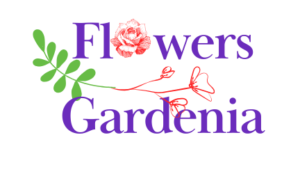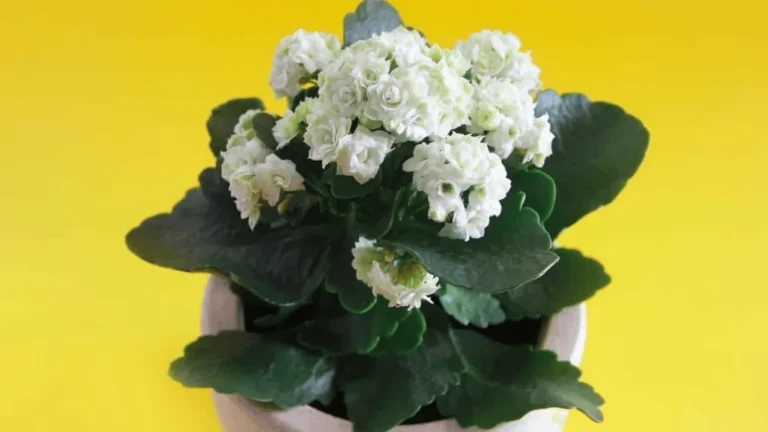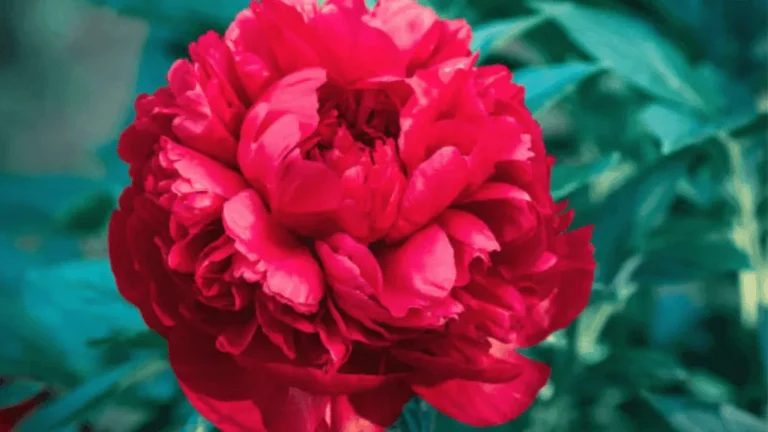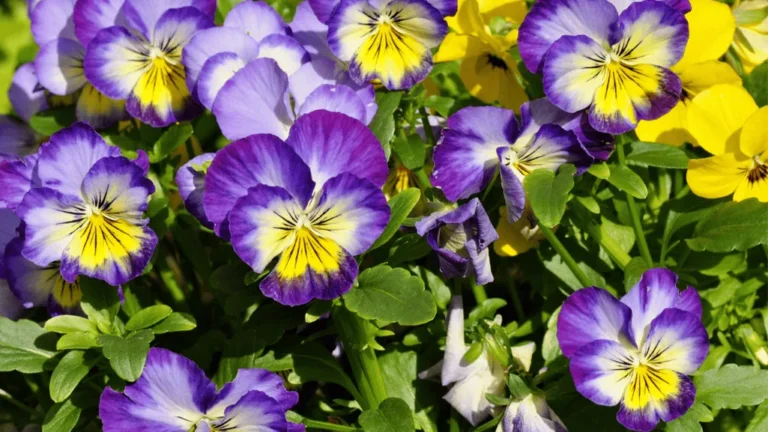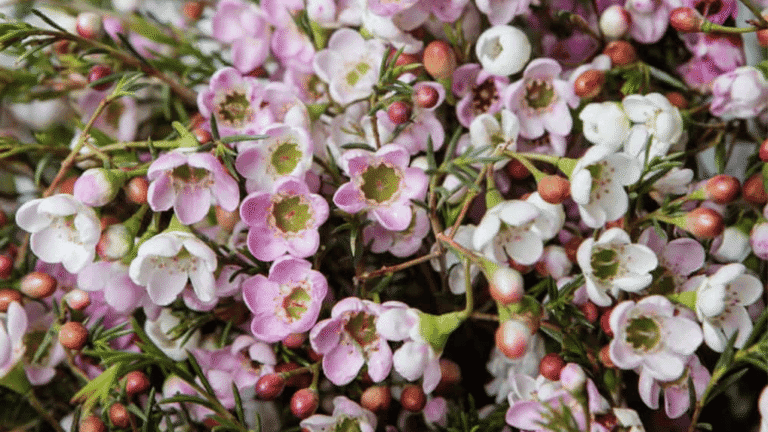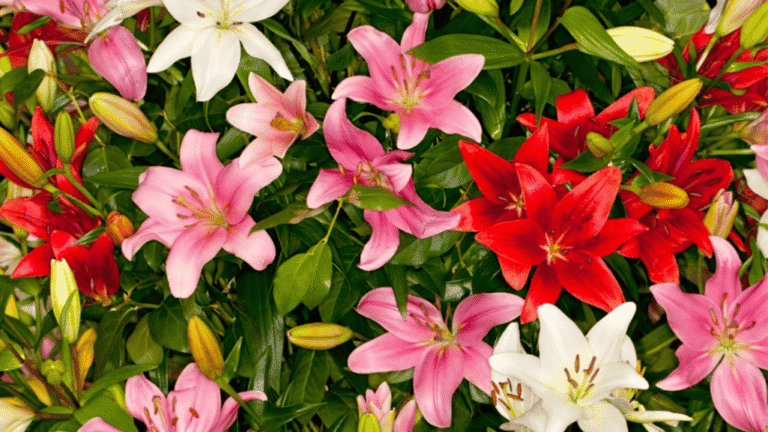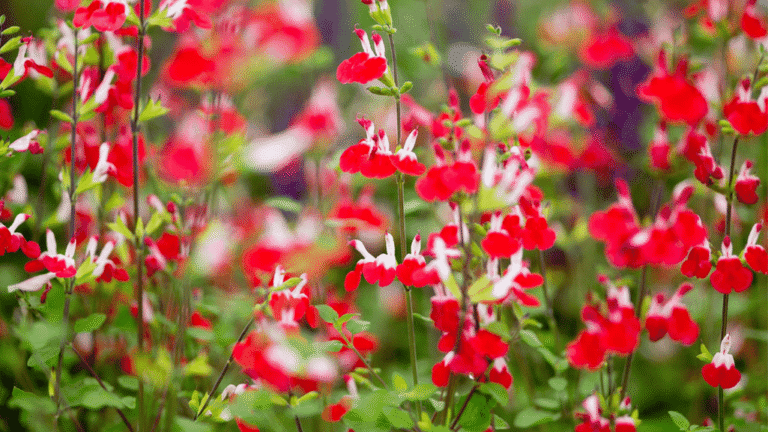Beautiful flowers gardenia Plants For Your homes

Baking soda is magic for plant Quick, low-cost help can sometimes make the difference between struggling and thriving green spaces. This short guide shows how a common kitchen item can control fungal symptoms, ease small pest issues, and tweak soil alkalinity when used correctly.
Practical mixes are given in teaspoons and gallons so you can act right away. Learn simple ratios for foliar sprays, soil drenches, and vase water that protect leaves and prolong cut-flower life.
Use caution: overuse can raise soil pH too much and harm nutrient uptake. Start with a small test on one leaf and monitor soil and plant health before wider application.
This section previews clear, step-by-step ways to apply solutions safely in both indoor and outdoor garden settings. You’ll learn when to spray, how often to repeat, which species respond best, and how to keep this option effective rather than risky.
Key Takeaways
- Simple mixes can curb powdery mildew and other fungi when applied early and repeated every 7–10 days.
- Low-strength sprays also help deter small pests; thorough coverage matters.
- Soil drenches and watering tweaks can raise pH slightly; test before scaling up.
- Always trial on a single leaf and watch plant health to avoid over-alkalizing.
- Works for many indoor and outdoor plants, but check species needs first.
How Baking Soda Works on Plants Right Now: Benefits, Limits, and Safety
A quick look at how bicarbonate affects leaves and soil will guide safer, smarter applications.
The science: sodium bicarbonate acts as a mild salt that raises pH on leaf surfaces and in thin water films. This small shift toward alkaline conditions can suppress visible powdery mildew symptoms by making the leaf surface less hospitable to fungal growth. Mixes with water and a tiny amount of horticultural oil or soap improve coverage and effectiveness.
The limits you must know
Bicarbonate and sodium ions both increase alkalinity. Too much sodium builds up in the root zone and can stress plants.
High pH can reduce availability and uptake of iron, manganese, and other key nutrients. That leads to yellowing and poor growth if overused.
Safety first
Always spot-test one leaf or a small cluster and wait 24–48 hours for burn or spotting to show. Apply in early morning or evening to lower sunburn risk and allow sprays to dry slowly.
Shield nearby ornamentals, edibles, and lawn grass from drift or runoff. Periodically test soil pH and use compost and good cultural practices to support long-term soil health.
Practical note: used sparingly and with care, this household remedy can help manage mildew symptoms. But combine it with airflow, spacing, and sanitation for lasting plant health — and remember that baking soda good practice means testing and moderation.
Baking soda is magic for plant fungus control: DIY spray for powdery mildew
A quick DIY remedy can suppress mildew symptoms and keep foliage looking healthy.
Ingredients and ratios:
- 1 teaspoon baking soda + 1 teaspoon horticultural oil or a few drops of liquid soap in 1 gallon water.
- Option: use 1 teaspoon baking instead of oil if you prefer a soap-based spreader.
- This sodium bicarbonate blend acts as a mild alkalizer to reduce visible powdery growth.
Mixing method: Add the teaspoon baking soda to the gallon water, then stir in the oil or add a few drops of liquid soap. Shake or agitate the sprayer until the solution looks uniform.
Application method: Saturate tops and undersides of leaves—cover all infected and nearby susceptible foliage. Apply in early morning or evening to lower sunburn risk. Repeat every 7–10 days and after heavy rain.
What to expect and safety tips: You should see reduced powdery mildew patches and slower spread within a few days. Spot-test one leaf first, avoid stressed specimens, and keep spray off open blooms. Rinse and empty the sprayer after use to prevent nozzle buildup. For a step-by-step guide, try this bicarbonate-based mildew spray.
Natural pest management: soda-based sprays for aphids, whiteflies, and soft-bodied pests
A simple two-gallon mixture provides an affordable option to reduce soft-bodied pest pressure in the garden.
Pesticide option: Mix 3 tablespoons baking soda, 2 tablespoons mild dish liquid soap, and 2 tablespoons canola oil into 2 gallons water. Stir until uniform. Transfer to a hand sprayer and shake before each use.
Targeting and technique
Apply as a fine spray so surfaces glisten without dripping. Cover tops and undersides of leaves where aphids and whiteflies hide.
Use weekly during active infestations and after heavy rain. Reduce frequency as pest pressure drops.
- Shield nearby ornamentals, edible beds, and lawn from drift.
- Avoid spraying in intense sun or peak heat to prevent leaf scorch.
- Rinse edible foliage with clean water one day after treatment if residue remains.
Monitor new growth and leaf backs for rebounds. Combine this spray with non-chemical tactics like a strong water jet, pruning infested tips, and attracting beneficial insects. Soft-bodied pests respond best; hard-bodied species may need targeted products.
Boost blooms and balance soil: using sodium bicarbonate with alkaline-loving plants
A light, targeted pH nudge can sometimes improve blooms on ornamentals that prefer alkaline soil.
Who benefits: Geraniums, coneflowers, clematis, hydrangeas, begonias, daylilies, and lilacs often thrive in mildly alkaline soil. These flowers may show fuller blooms and richer color when the root zone trends slightly alkaline.
Watering solution: Use a gentle mix of 1 teaspoon baking soda per gallon water as an occasional feed. Apply sparingly to the root area every 3–4 weeks during the growing season and watch flower response.
Soil pH adjustment: To nudge pH, dissolve 1 tablespoon baking soda in 8 cups water and apply to soil only. Keep this drench off leaves and spread evenly around the root zone to avoid hotspots.
Test and monitor: Always test soil pH before starting and after several applications. Monitor for nutrient signs such as leaf yellowing or slowed growth; these can mean pH has gone too high and nutrient uptake is limited.
“Start small, watch closely, and combine these steps with good sun, watering, and pruning to protect overall plant health.”
- Keep treatments away from acid-loving shrubs and turf.
- Space applications so the soil can stabilize between doses.
- Flush with plain water if visual cues show stress.
Other smart uses in the garden and home: cut flowers, clean leaves, and weed/slugs control
Simple home remedies provide quick, low-cost options to care for cut blooms, tidy foliage, and reduce common pests.
Cut flower preservative
Quick vase mix: dissolve 1 teaspoon baking soda in 4 cups water before arranging stems. Trim stems, remove foliage below the water line, and place blooms in the solution.
Change the solution every few days and re-cut stems to slow microbial growth and keep flowers lasting longer.
Leaf-cleaning solution
Mix 1 teaspoon baking soda with 2–3 drops of mild liquid soap in 4 cups water. Use a soft cloth to wipe dusty leaves gently, then dab dry.
Test first: try on an inconspicuous leaf and avoid fuzzy or delicate surfaces that may spot.
Weed-management options
For repeated control, mix 1½ cups baking soda and a splash of soap into 1 gallon water and apply as a targeted spray weekly. Shield desirable plants and turf from drift.
Or use the hot-day sprinkle method: apply dry baking soda directly to weeds when temperatures are ≥85°F and 3–4 dry days are forecast. This boosts contact and reduces wash-off.
Slug and snail bait
Combine a small amount of baking soda with sugar in a shallow dish near vulnerable plants. The bait attracts soft-bodied pests and can dehydrate them.
Keep bait dishes away from pets and refresh them during peak pest days.
- Integrate these ways with hand-weeding, tidy mulch, and cleanup to reduce frequent chemical use.
- Remember sodium buildup risk: rotate with mechanical methods and monitor soil health.
Tip: use these treatments sparingly and always protect desirable plants when spraying or sprinkling.
Conclusion
When used with care, low-dose sodium bicarbonate treatments offer practical help in the garden. Targeted mixes—like one teaspoon baking soda per gallon with a few drops of soap—can reduce mildew, help blooms, and give gentle pest relief when combined with good care.
Measure and test: apply sprays in early morning or late afternoon, spot-test a few leaves, and repeat every 7–10 days only as needed. Monitor soil pH to protect nutrients and avoid pushing the root zone too alkaline.
Pair these remedies with right plant placement, airflow, and sensible watering. Start with the mildest solution, protect nearby edible beds, and scale thoughtfully to keep soil and plants healthy.
